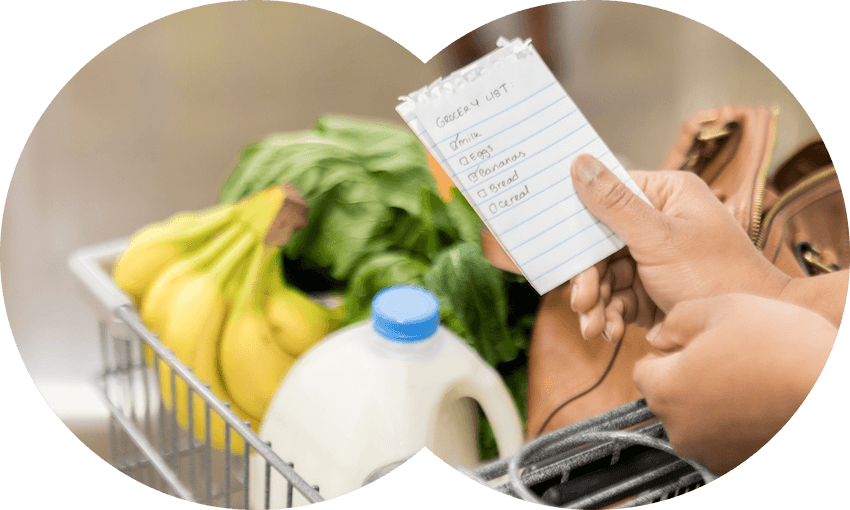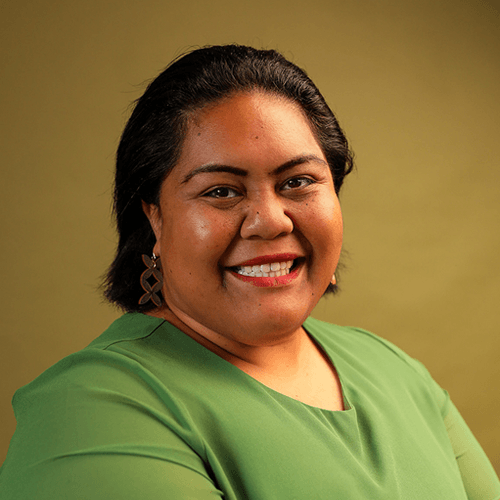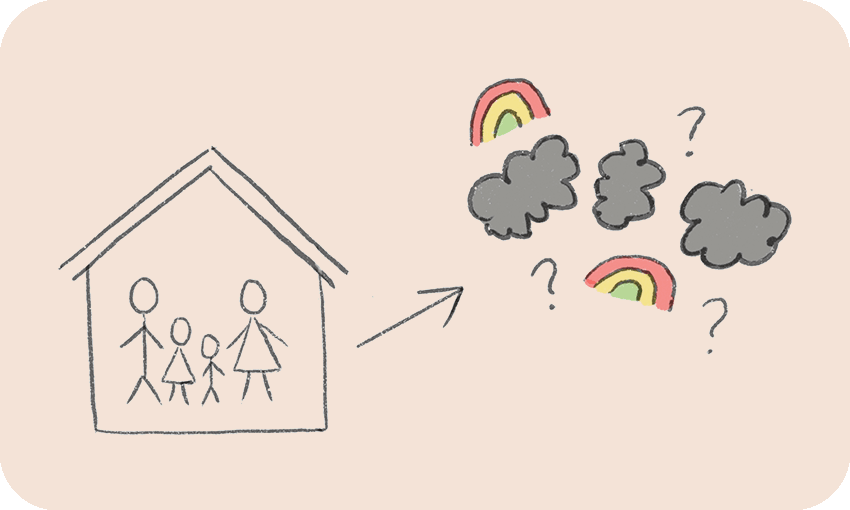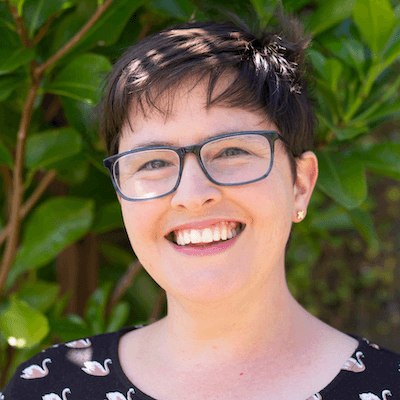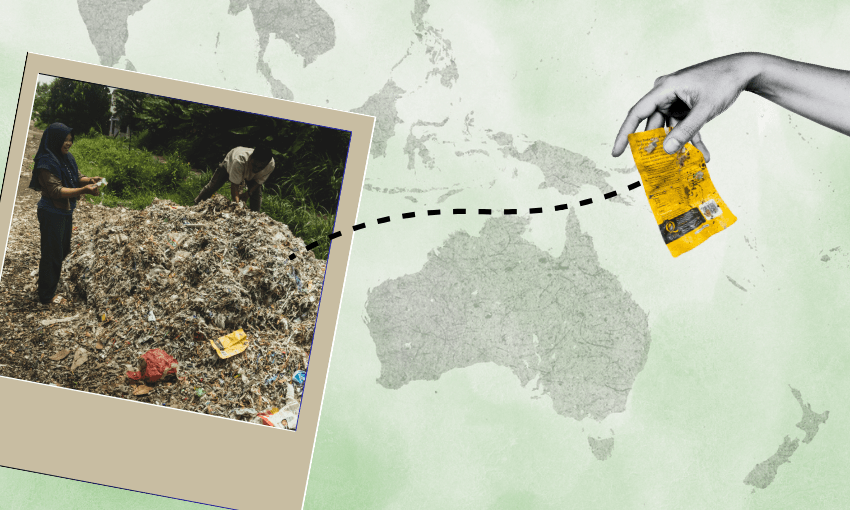More Pasifika people are being hospitalised for food allergy reactions than Pākehā, and one doctor is calling for food manufacturers to decrease prices on free-from products.
Imagine having to pay extra money for basic food items because you have a medical condition.
According to new data, New Zealanders living with food allergies are paying an average 35% more for “free-from” and vegan (egg and dairy free) food products than for their standard alternatives.
Food allergies can be present in children from a young age and become a lifelong condition, with the most common allergens being seafood, peanuts, eggs and dairy.
An allergic reaction to food can involve mild to moderate symptoms such as hives, swelling around the face and upset stomach.
However, some people will have much more severe reactions such as anaphylaxis, which leads to swelling of the tongue, difficulty breathing and collapse, and needs immediate treatment (such as an EpiPen) to avoid being fatal.
Dr Amy Sevao is the chief executive officer of one of Aotearoa’s largest Asian food manufacturers Old Country Food and as part of launching her new line of free-from food, she has been analysing the price of supermarket food products, which are free from common allergens or vegan and the data shows that the retail cost per 100g is significantly higher when allergens are removed.
“Consumers pay an average of 35% more for a free-from food product,” she says.
“The packaging sizes of free-from products were also around 40% smaller than their counterparts, which suggests this group of consumers may need to be vigilant when calculating the value for money of their purchases.”
She understands why it costs more. “It takes longer for the free-from products to be made and it’s more expensive to process,” she says.
What Dr Sevao has also noticed is that hospitalisations for severe food allergies have increased across the board, but for Pasifika people it has tripled.
“This could be attributed to genetics, dietary food patterns or environmental factors,” she says. “However, it’s particularly concerning to see the sharp rise in the number of Pasifika patients admitted to hospital with food-induced anaphylaxis in recent years.”
Dr Annaliesse Blincoe, a specialist in paediatric immunology and allergy, gives insight into the food allergy population at Starship Hospital on the Goodfellow podcast. “We know food allergy is so multifactorial in terms of genetics, epigenetics, gut microbiome, vitamin D, there’s so much that is being played into why so many more kids may have food allergies,” she says.
Lettie Brenda Iseli is an allergy educator with Allergy New Zealand and confirms that data shows the highest rates of food allergies and of hospital admissions for food-triggered anaphylaxis in New Zealand are in Asian and Pasifika people. Māori and Pasifika people are significantly more disadvantaged by allergic diseases and the associated risk of anaphylaxis.
The rise in allergies that require more expensive food products unfortunately coincides with a dramatic rise in the cost of all food. Government data shows food prices rose by 0.9% in November and are up to 8% on the same time last year.
Dr Sevao’s concern is that the cost of living is already hitting Pasifika families the hardest.
The implications for this long-term trend are especially concerning for those on a tight budget who will have limited choices of foods they can potentially eat, she explains.
Dr Sevao has seen the impact of allergies on families firsthand – she has a Sāmoan nephew with a peanut allergy.
Nathaniel Sevao was only six months old when his parents noticed his weight was dropping. They were advised to feed him fatty foods such as peanut butter but after giving him a teaspoon of peanut butter, their child broke out in a rash and had to be rushed to the emergency department.
Like many parents of children with food allergies, the Sevao family are very careful when going to restaurants as some meals are cooked in peanut oil or contain hoisin sauce, which sometimes has peanuts as its base. “Even some Pacific foods such as chop suey I have to be careful with as it’s sometimes cooked in peanut oil,” she says.
Nathaniel’s parents would like the EpiPen (a pre-filled syringe kept on hand to treat severe allergic reactions to food) to be subsidised as it costs around $120, and only lasts one year.
And Dr Sevao would like to see food manufacturers look at pricing their free-from food products in a way that’s more affordable. “I think it makes good financial and commercial sense to have something at a good price as you’ll get more eaters, which will equal more revenue,” she says.
For six-year-old Nathaniel, he’s learnt that the yellow packet of M&M’s is a big no and to only go for the brown packet, which he happily enjoys.
This is Public Interest Journalism funded through NZ On Air.

